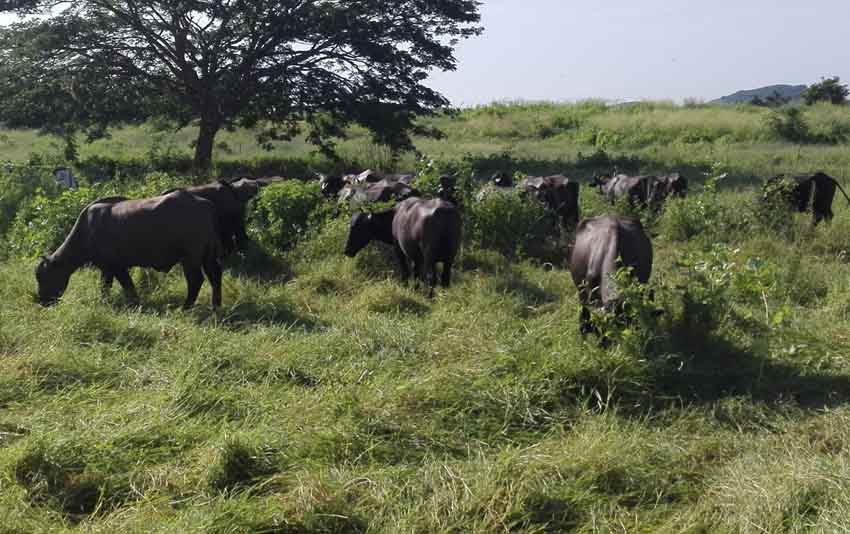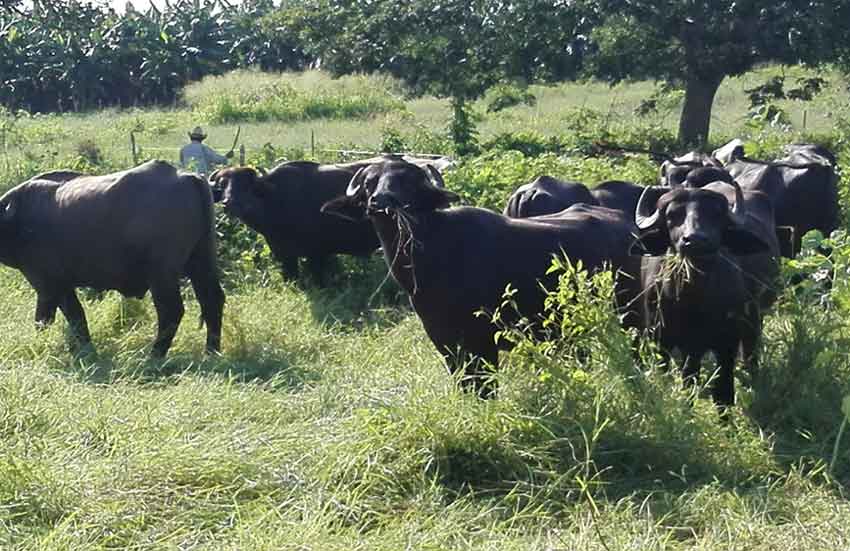
The ranchers of Las Tunas have experience in raising buffaloes; an activity not exempt from a lot of work but less difficult than is believed, since they are easily tamed animals, as long as the noises of the dogs and the voices of men are distant.
Las Tunas, Cuba.- There are 2,504 heads registered in the controls of the delegation of the Ministry of Agriculture; however, there are reports that in several points of the territory, dozens of specimens live in their natural habitat, far from people.
Until a while ago, there were buffaloes in various agricultural units in five of the eight municipalities. But, their breeding ceased in Majibacoa and Amancio, for different reasons, and now they are only available in Manatí, Jesús Menéndez, and Las Tunas.
The largest amount - some 1,200 - is in the hands of the Integral Agricultural Enterprise (EIA), an entity that consolidates its presence in the El Raúl area, of Manatí, which aims to multiply them, according to its development plan until 2030.
The general director of the EIA, Alberto González Hernández, explained that these animals are not included in the national balances of meat and milk production because the objective is to increase their mass.

He noted that the first thing is to establish female breeding and development centers, and slaughter only males and cull females, besides finding grazing areas and facilities that are currently in disuse.
For this reason, it is being studied to take advantage of a large area in the municipality of Puerto Padre, where is planned to incorporate goat cattle for the control of the marabou. The males would be used for meat production, while the milk from the females would go to a foreign investment project for the production of hard cheese.
River and swamp buffalo are farming in Las Tunas that adapt very well to local climate conditions, is present in Las Tunas, so it is possible to increase the herds without making large investments. It is enough to have water, pastures; as well as protein and forage plants, besides the quartering with electric fences.
Buffalo breeding dates back several decades in Cuba. These animals are characterized by their high birth rate, low death rate, and longevity, which allows them to reproduce from three to 20 years. They gain weight quickly, resist various diseases, and are excellent for animal traction.